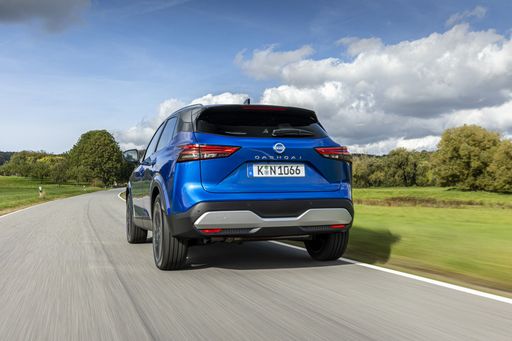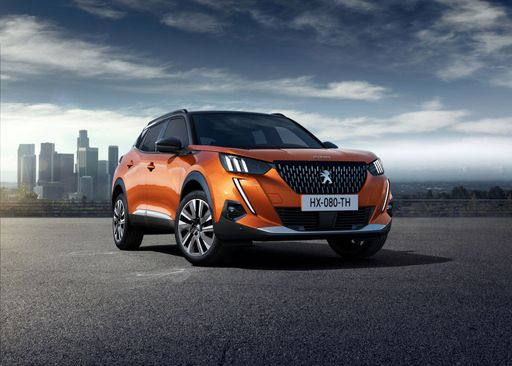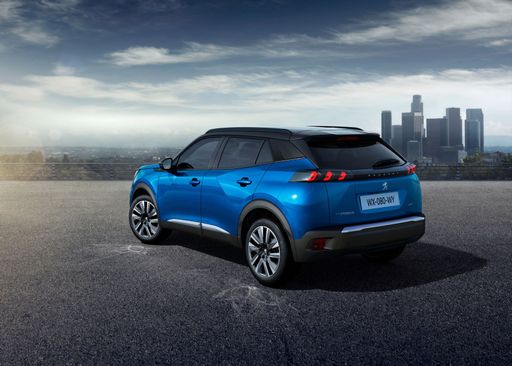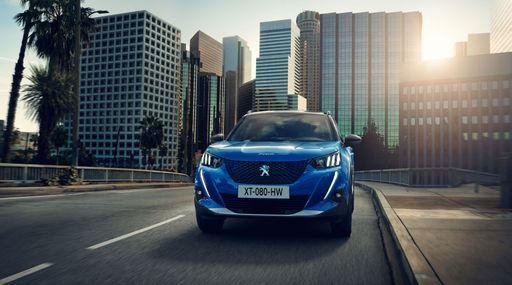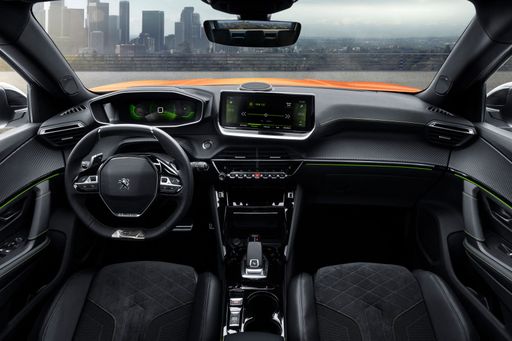Comparing Giants: Nissan Qashqai vs. Peugeot 2008
In an ever-evolving automotive landscape, the compact SUV segment continues to gain traction among consumers seeking versatility, functionality, and modern features. Among the frontrunners in this category are the Nissan Qashqai and the Peugeot 2008. Both vehicles offer a blend of performance, technology, and style, making them popular choices for urban drivers and families alike. In this article, we will delve into their technical specifications, innovations, and overall appeal to help you determine which SUV reigns supreme.



